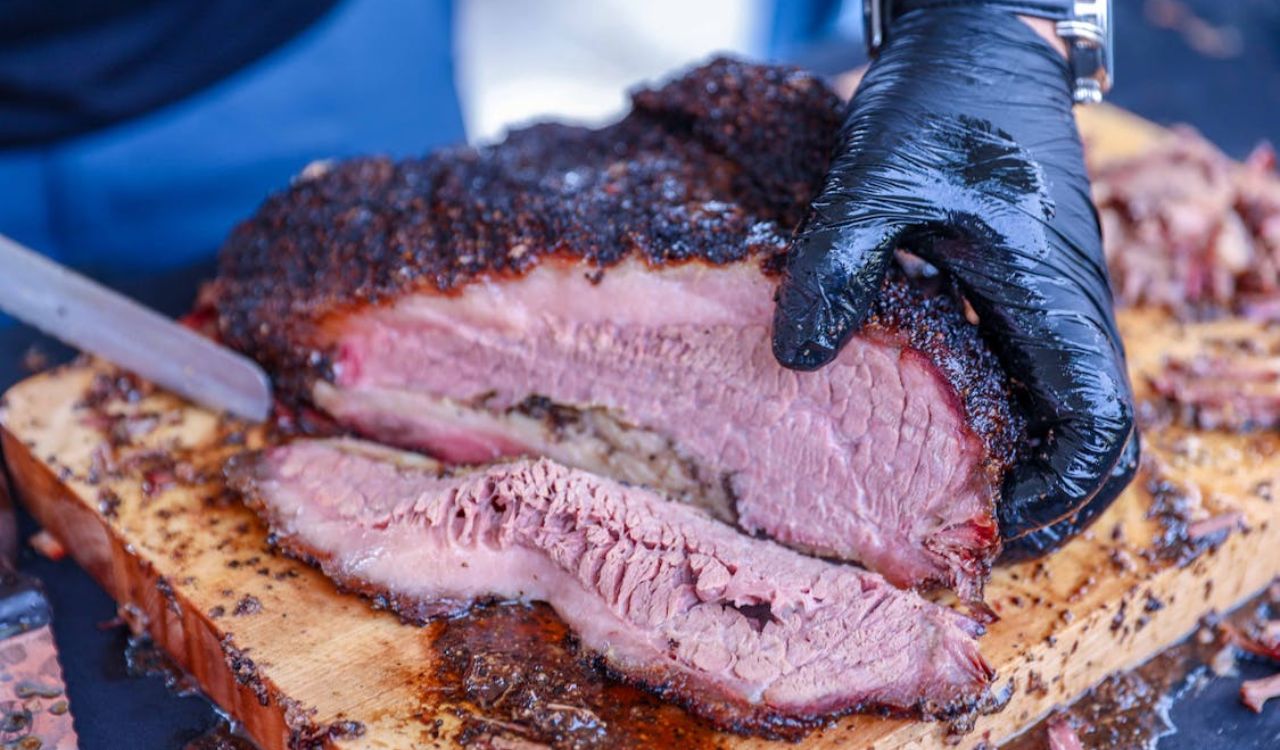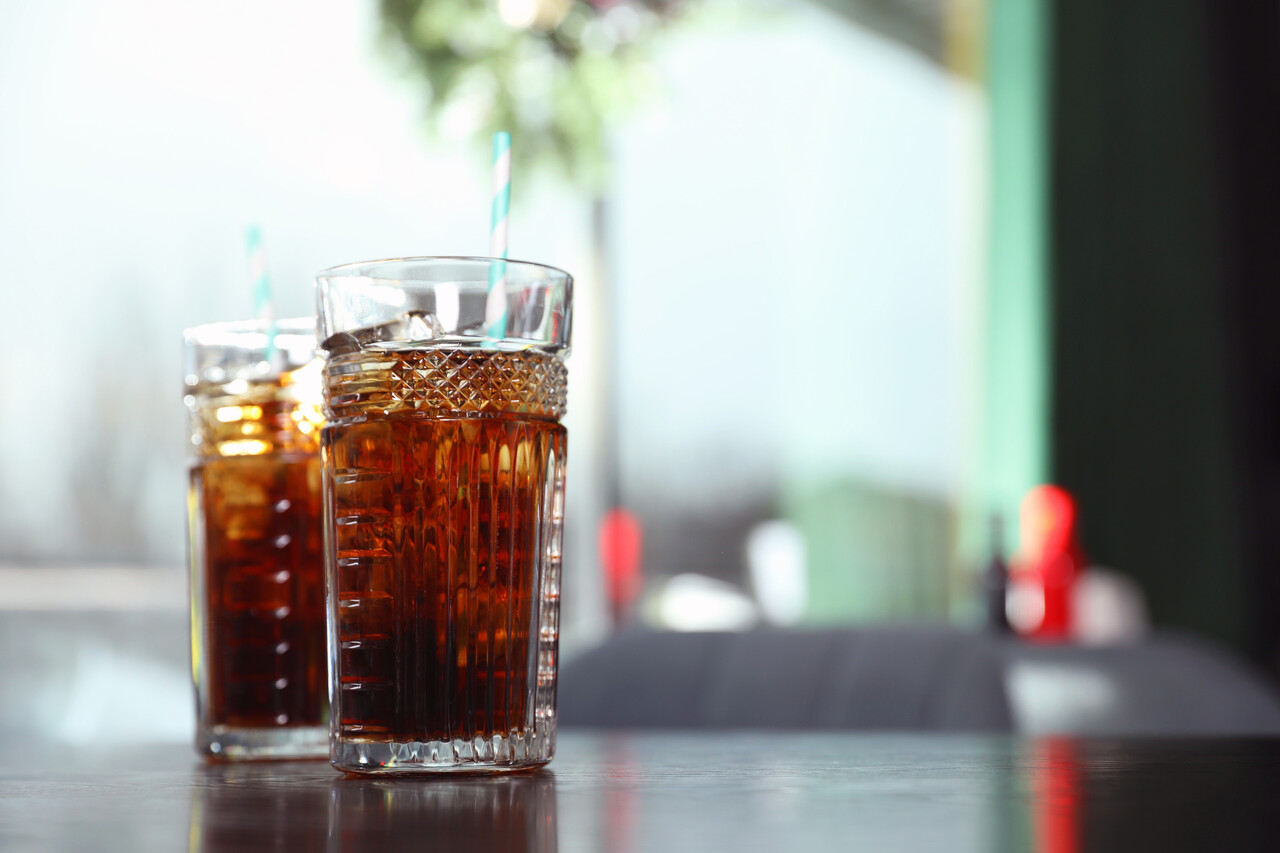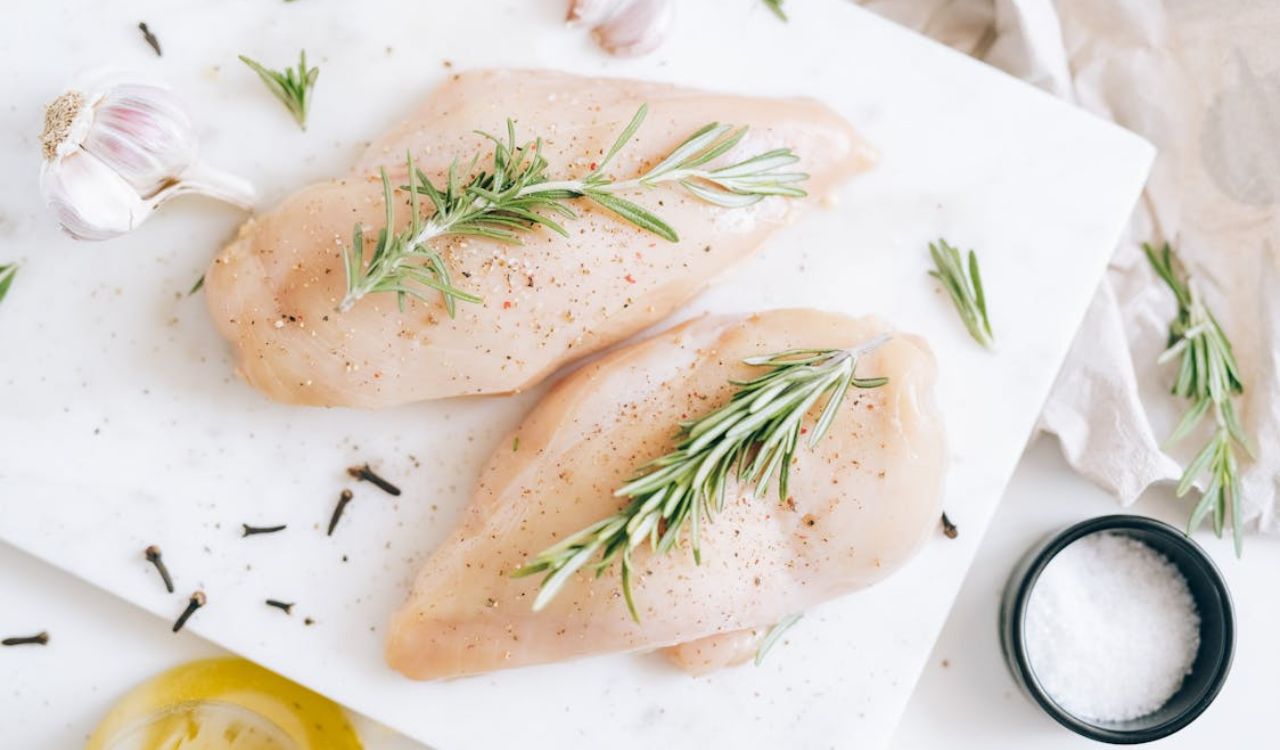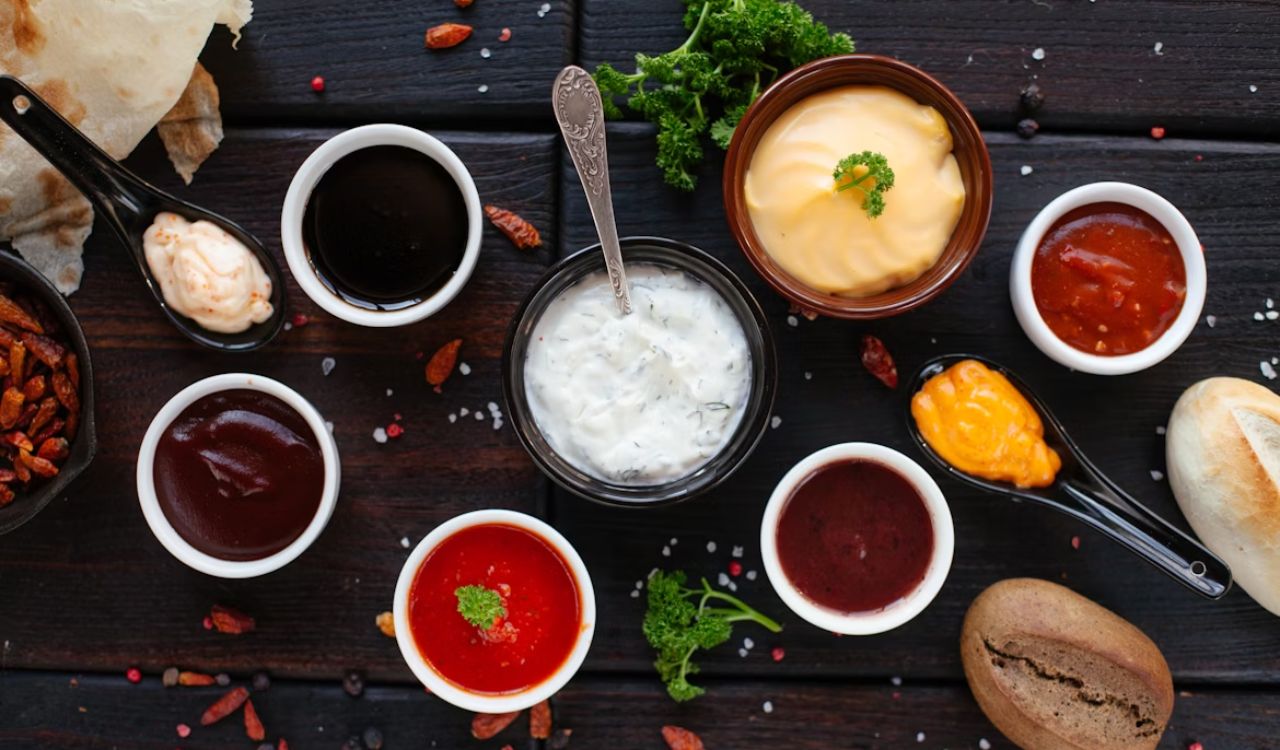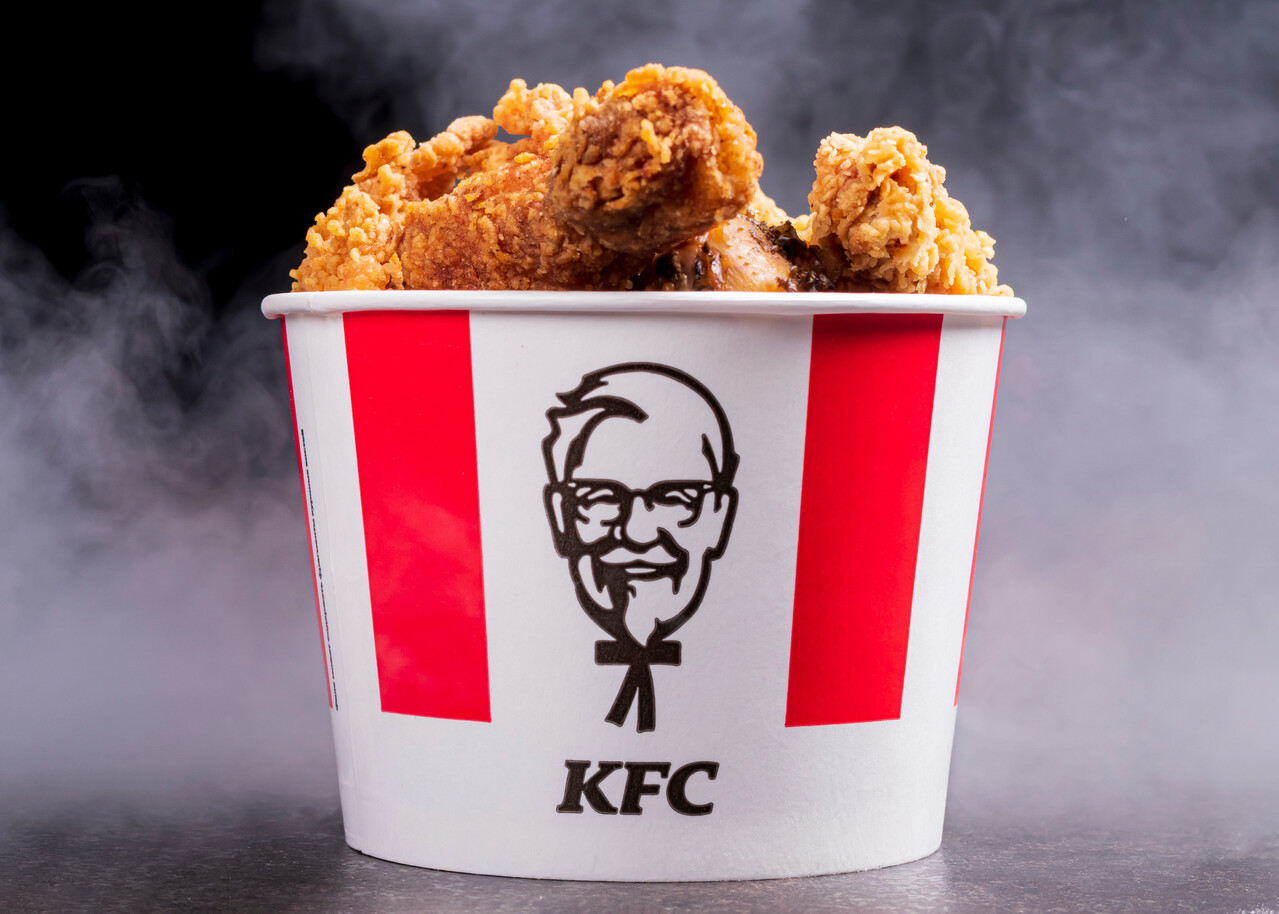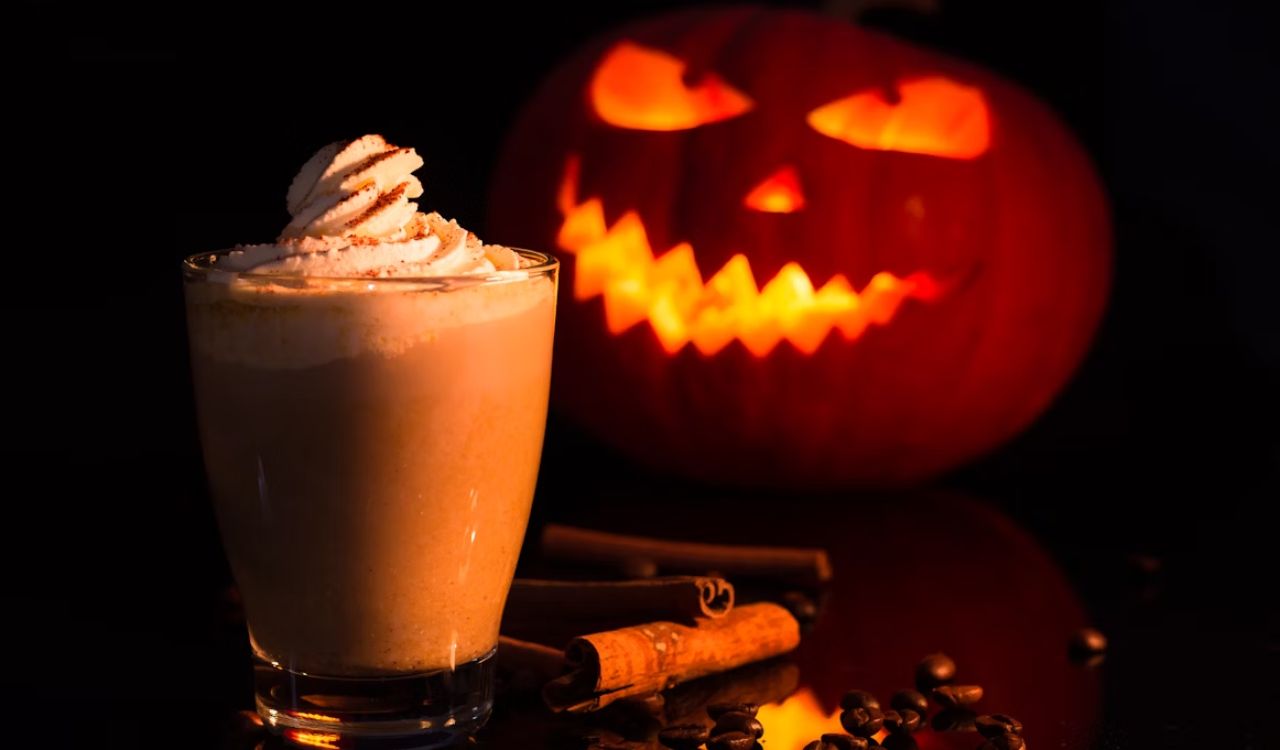9 Home Bar Essentials Bartenders Recommend
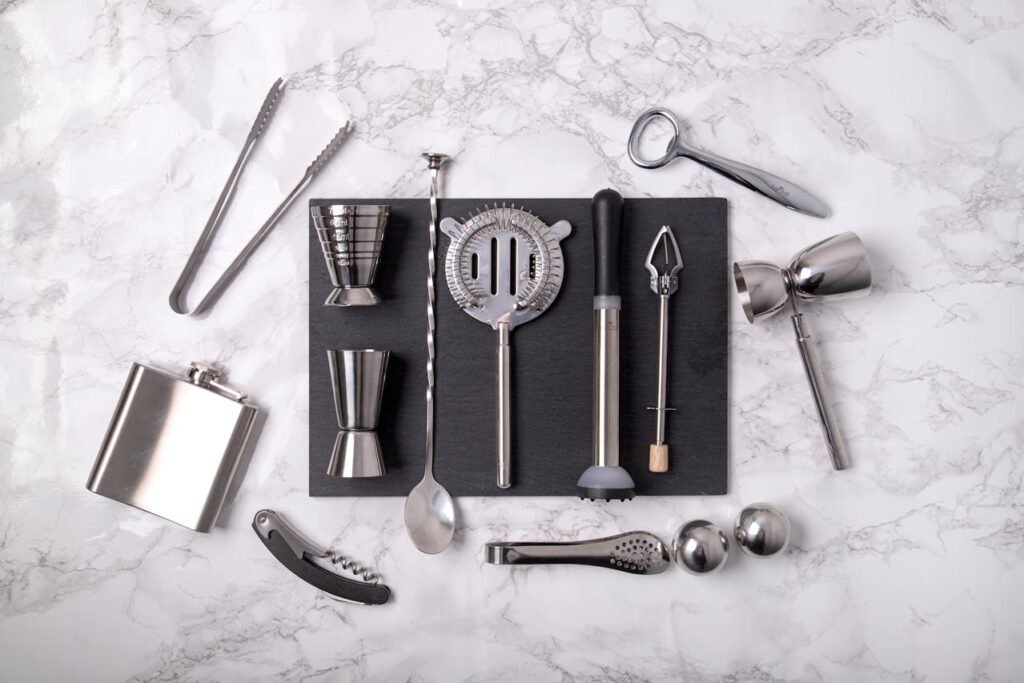
If you have ever tried to make cocktails at home and felt something was missing, you are not alone. A good home bar is not about having dozens of bottles or flashy décor. What matters most are the reliable tools and ingredients bartenders reach for every night. When you have the right pieces, you mix faster, cleaner, and with more confidence. Hosting also becomes less stressful because you are not scrambling for missing tools in the middle of a drink.
1. Shaker Tin

A shaker tin is the tool that helps you mix cocktails quickly and with the texture you expect from a bar. It chills fast, handles repeated use, and delivers the control you need for citrus-forward drinks like daiquiris or margaritas. With a tin, you can standardize shake timing, temperature, and dilution, which means your drinks turn out consistent instead of watery or uneven. Stainless steel tins are durable, easy to grip, and lighter than glass. Once you get used to working with one, you will wonder how you ever made cocktails without it.
2. Jigger
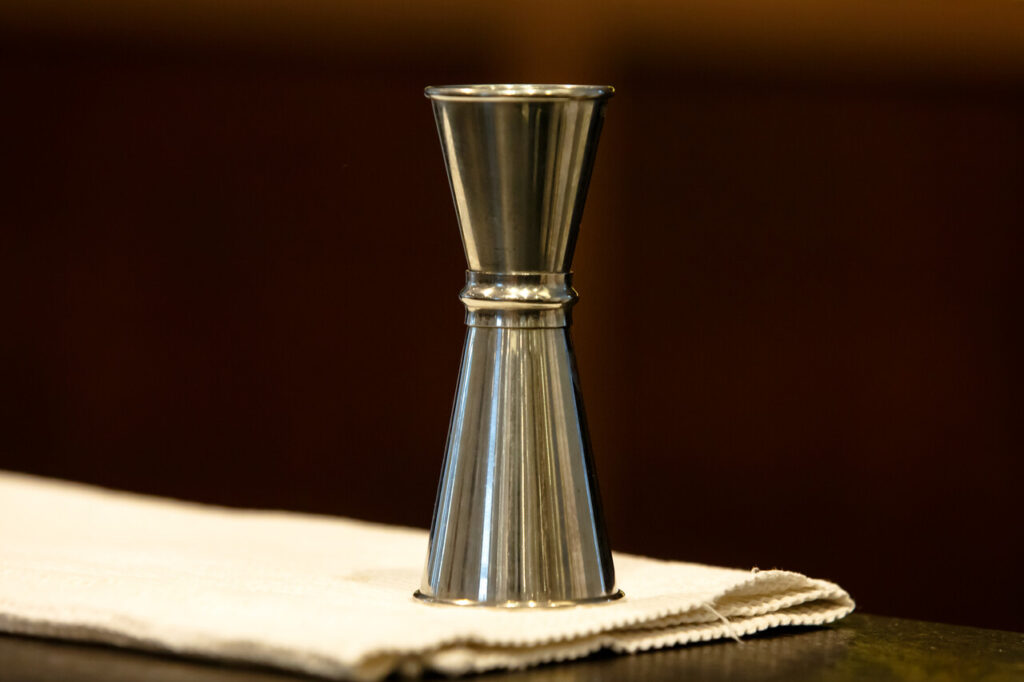
A jigger takes the guesswork out of measuring spirits, syrups, liqueurs, and juices. Bartenders rely on it because eyeballing pours leads to unbalanced drinks that are either too strong, too sweet, or simply off. A good jigger has clear measurements, feels stable in the hand, and pours cleanly without dripping down the sides. When you measure every ingredient, recipes become repeatable, and anyone in the house can follow along. If you want to build predictable muscle memory and mix efficiently, this small tool matters far more than most new home bartenders think.
3. Mixing Glass

Some drinks should not be shaken because shaking introduces air and changes texture. A mixing glass helps you stir drinks gently over ice, keeping them crystal-clear and silky. Spirit-heavy cocktails like Manhattans and Old Fashioneds truly benefit from this method. A mixing glass also cools efficiently without over-diluting, which lets you find the balance between temperature and flavor. Many bartenders like thick-walled crystal mixing glasses because they hold temperature well and look great on a bar cart, but any well-built version gives you professional control.
4. Hawthorne Strainer
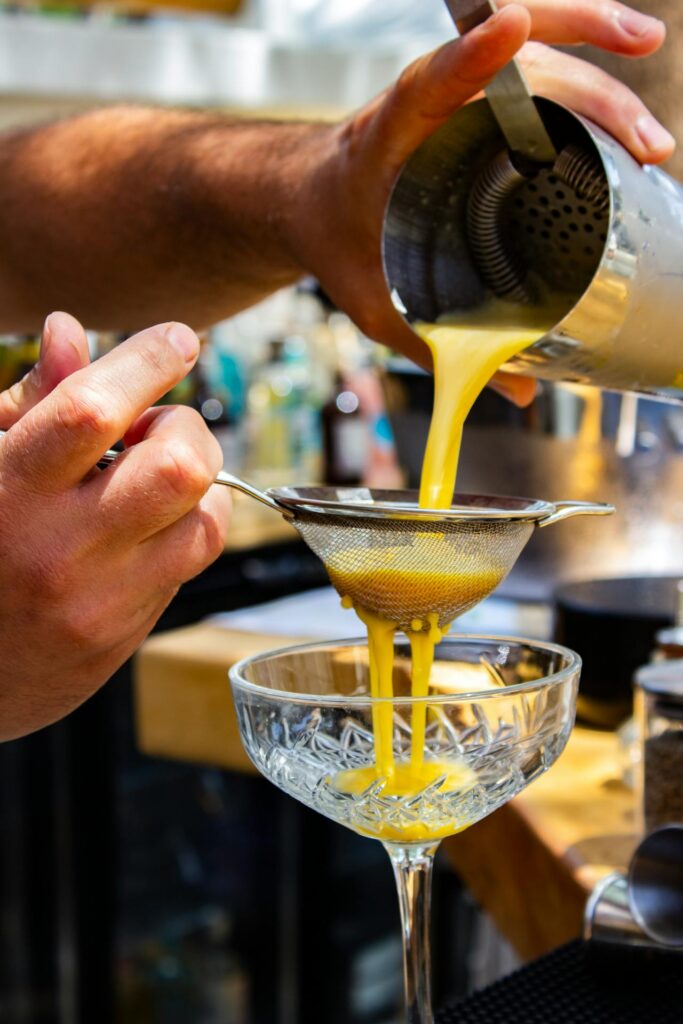
After shaking or stirring, you need to strain out the ice and fruit pulp. A Hawthorne strainer fits neatly on top of a shaker tin and uses its coiled spring to filter liquids without clogging. This tool gives you smoother drinks, cleaner pours, and fewer ice shards floating in the glass. It also helps you control speed so cocktails flow evenly instead of splashing. A good strainer sits firmly in place and feels stable when you tilt the tin. Once you get comfortable using it, it becomes second nature and speeds up service.
5. Bar Spoon

A long bar spoon makes stirring comfortable because it reaches deeper than a normal kitchen spoon and glides smoothly around ice. Good bartenders stir with minimal agitation to chill a drink without clouding it or creating bubbles. The twisting handle helps you rotate with precision, and the spoon’s weight should feel balanced rather than floppy. You also use this tool to float ingredients, layer drinks, and move garnishes without disturbing the ice. It is simple, but it gives you more control than anything you already have in your utensil drawer.
6. Muddler
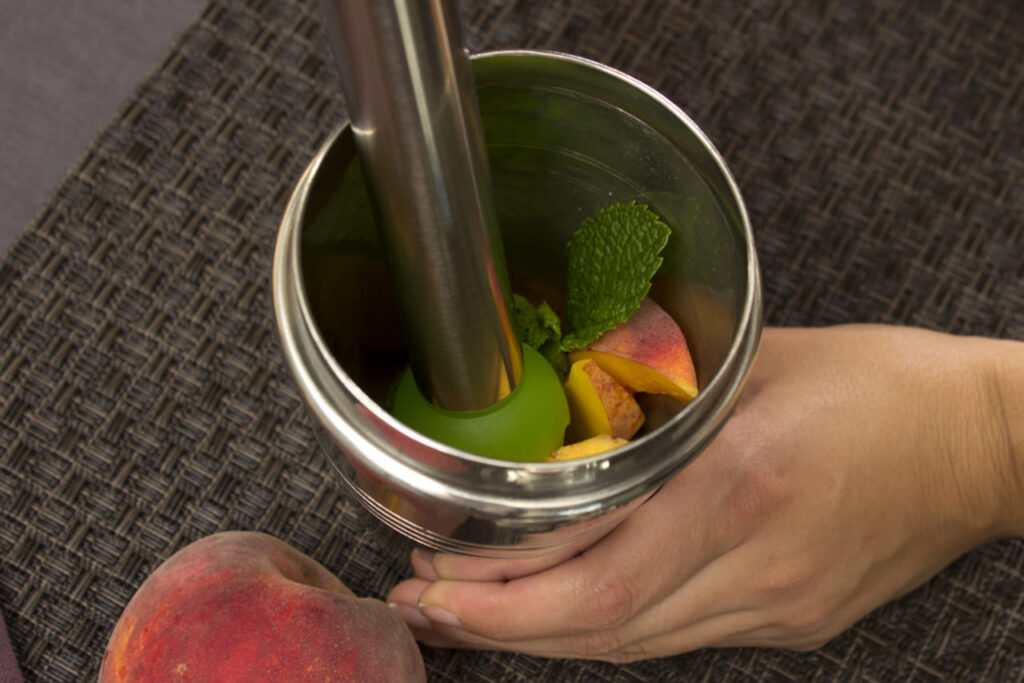
A muddler lets you crush fruits, herbs, and sugar cubes in the bottom of a glass without tearing them apart. Mint for mojitos, lime and sugar for caipirinhas, and citrus oils in many classic cocktails all benefit from gentle pressure instead of pulping. Wooden muddlers feel natural in the hand and give you a solid grip, while stainless steel versions are easier to sanitize and last longer. With a good muddler, you extract flavor cleanly without bruising ingredients or turning drinks into bitter, murky slurries.
7. Quality Ice

Water content affects every cocktail, and the ice you use matters more than most people realize. Cloudy freezer cubes melt fast and often add off-flavors from nearby food. Bigger, clearer cubes melt slowly and let you chill drinks without washing them out. If you do not want to invest in molds, at least make fresh ice frequently and store it in a sealed container. When you control the melt rate, you control the balance, which is the difference between a punchy Manhattan and something that tastes weak minutes later.
8. Basic Core Spirits

Stocking a home bar does not mean filling shelves. Start with a few strong foundations that let you make classic drinks without running to the store. Gin, vodka, whiskey, rum, tequila, and a good orange liqueur cover huge ground. From there, you can add based on taste and budget. The key is understanding how these bottles interact with syrups, citrus, and bitters. When your core selection is thoughtful, you can make more cocktails with fewer ingredients, and you save money because every bottle has multiple uses.
9. Bitters
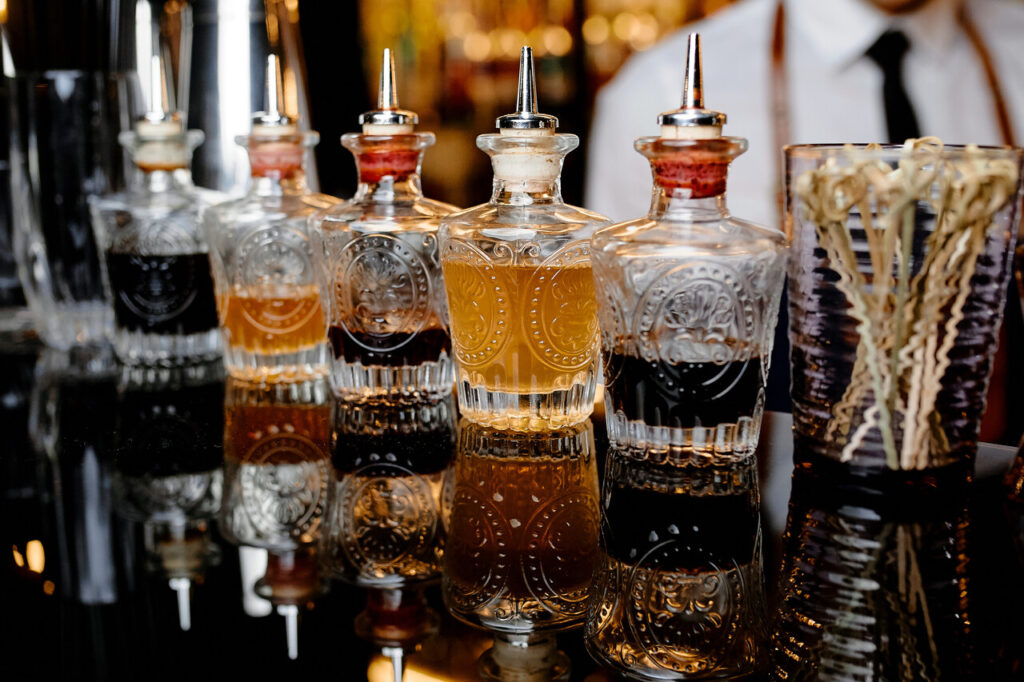
Bitters are the seasoning of cocktails. They add complexity, depth, and structure even when you only use a few drops. Classic Angostura works in hundreds of drinks, but orange and aromatic bitters also open up flavor options without cluttering your shelf. Bitters last a long time, making them one of the most cost-effective upgrades you can purchase. Once you taste the difference between a drink with and without them, you understand why bartenders never work without at least one bottle within reach.


